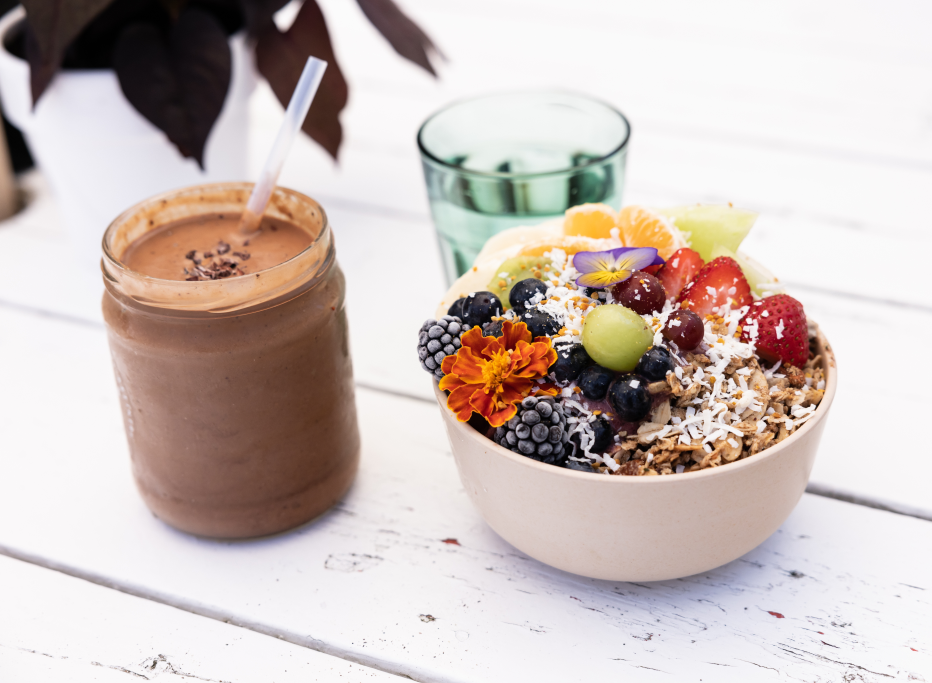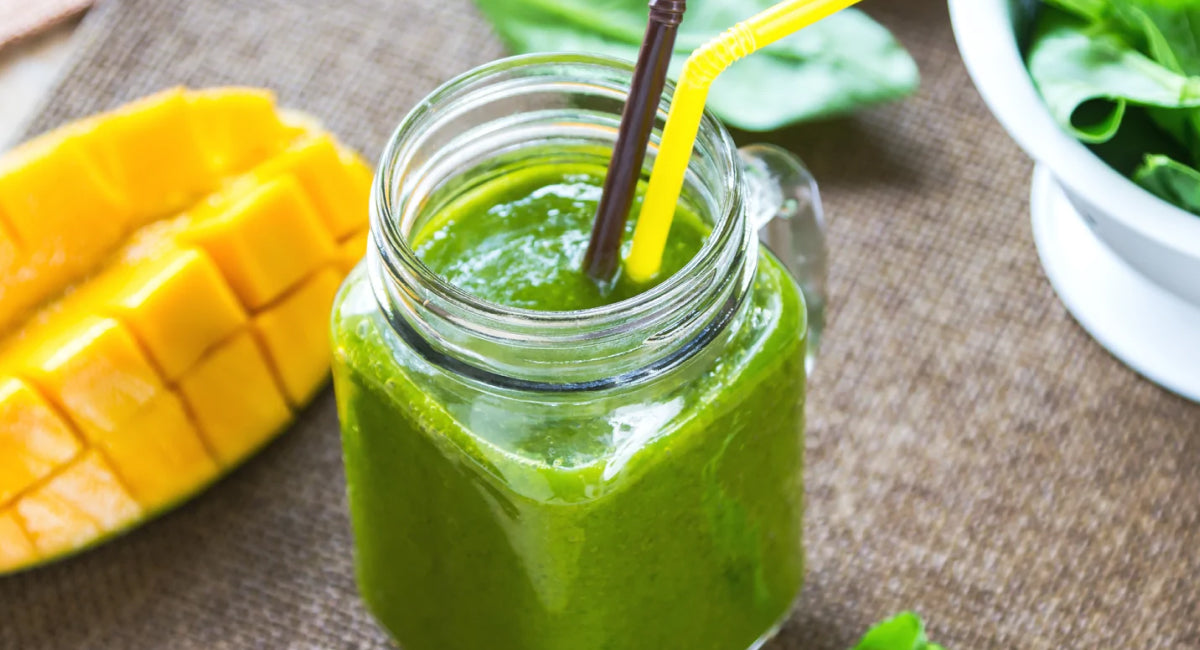8 of the Best Things to Mix With Protein Powder

Water, protein powder, shake, drink, repeat. If you’re stuck in a boring protein-shake rut, it’s time to mix it up (literally and figuratively). While water is an inexpensive, convenient base for your protein shakes, it can get a little repetitive and/or bland over time. That’s why it’s helpful to have a variety of mixers on hand to keep things interesting.
“Protein powder is extremely versatile,” says Kylie Morse, RD, registered dietician for the Fit Body app. “Protein powders can be utilized at any time of the day to help us better reach our daily protein goal and can be included in a variety of meals and snacks.”
Plus, using different liquids for your protein shakes gives you the freedom to customize it exactly how you'd like depending on your nutrition goals and/or dietary restrictions.
Here are seven things besides water you can mix with your protein powder.
Best Things to Mix With Protein Powder
- Water
- Milk
- Alternative milk (soy, oat, almond, cashew, etc.)
- Smoothie
- Coffee
- Orange juice
- Greek yogurt
- Oatmeal
How to Pick the Right Mixer for Your Goals
With the variety of options out there, how do you decide which one to go with?
“Taste and texture preference first and foremost, as it’s important that you are consuming your protein powder in a way that you enjoy,” Morse says. “The second thing that’s important to consider is the calorie/macro content of your mixer, which will all depend on a person's individual goals.”
Outlined below are the eight options from above, broken down by their benefits and their best uses.
1. Water
Just stating the obvious here, but we had to include this on the list, because even though we know you know this is an option, you can never have too many reminders to drink water.
“If a person chose to use water, opting to use less water can provide a richer flavor,” Morse says. Just make sure you add enough water so it’s not clumpy!
2. Milk
“The main benefit to mixing with milk and milk alternatives is definitely texture and taste,” Morse says. “Additionally, if a person mixes with milk, they’re enriching the protein and/or micronutrient content of the protein shake, depending on the milk chosen.”
So if you want a dose of healthy fat and even more protein with your shake, cow’s milk is the way to go.
One cup of milk contains about 8 grams of protein. Plus, it contains nutrients like calcium, phosphorus, B vitamins, potassium and vitamin D.
3. Alternative Milk
Whether you have lactose intolerance, are on a plant-based or vegan diet or simply prefer the taste of milk alternatives, there are a variety of options that work well with protein shakes:
- Almond
- Oat
- Coconut
- Soy
- Rice
- Hemp
While the specific benefits depend on which one you choose, generally, you’re cutting down on your consumption of animal products (and thus, fat and cholesterol). You may either be trading that for plant-based fat (like in coconut milk) or carbs (like in oat or rice milk).
And some, like almond milk, are lower in calories and carbs, so you can still get a creamier taste than with water while keeping your macros in balance.

4. Smoothie
Looking for something a bit more substantial? Blend your protein powder into a smoothie. It makes a great breakfast, snack or higher-carb post-workout drink.
By mixing protein powder into a smoothie, you get added carbohydrates, fiber (if using whole fruit) and micronutrients such as vitamin C, Morse says. “Carbs are needed for muscle refueling and recovery, so getting some in post-workout with your protein shake is beneficial.”
5. Coffee
One of the latest protein-powder trends is mixing it with your morning or pre-workout cup of coffee. The benefits of this one is pretty obvious: the boost of energy from caffeine. Depending on the type and amount of coffee you drink, you’ll be getting 80 to 200 milligrams of caffeine, which is on par with many pre-workout supplements.
It’s also an easy way to increase your protein intake if you’re already a coffee drinker — just swap out your creamer for protein powder.
TIP: For hot coffee, use a milk frother or whisk to stir in your protein powder to help it fully dissolve and avoid clumps. Cold brew or iced coffee may be fine to stir or shake up, depending on your preference.
And keep in mind that not all coffees and protein powders mix well together, so you may need to experiment with the combination a bit or get a protein powder that’s meant to be used as a coffee creamer.
6. Orange Juice
When smoothies aren’t an option (we can’t take our blender with us everywhere, unfortunately), orange juice is another good option that provides a good dose of carbohydrates (about 26 grams in one cup). But make sure you pick a brand with no added sugar.
TIP: This protein-shake base is best used with unflavored protein powder — or vanilla if you want your shake to taste like an orange creamsicle.
7. Greek Yogurt
This option for mixing with your protein powder is a good one to keep in mind when you don’t feel like drinking another protein shake. And if you choose Greek yogurt, you’re adding even more protein (about 20 grams per 7-ounce serving). As with orange juice, though, watch for added sugars and artificial flavoring.
8. Oatmeal
Another protein-powder mixer you don’t have to drink is oatmeal. Enjoy a bowl for breakfast (or any time of day) to increase your protein intake, as well as the amount of whole-grain carbs and fiber you’re consuming.
One cup of cooked oatmeal contains approximately 25 grams of carbohydrates and 4 grams of fiber.
RELATED:





